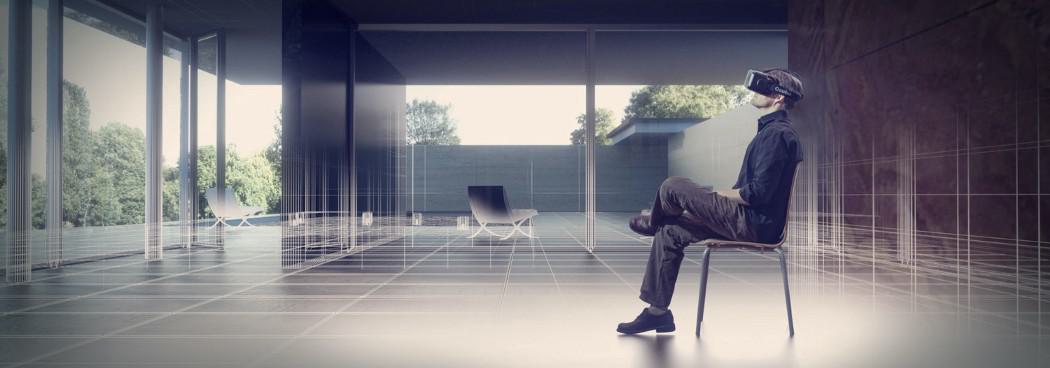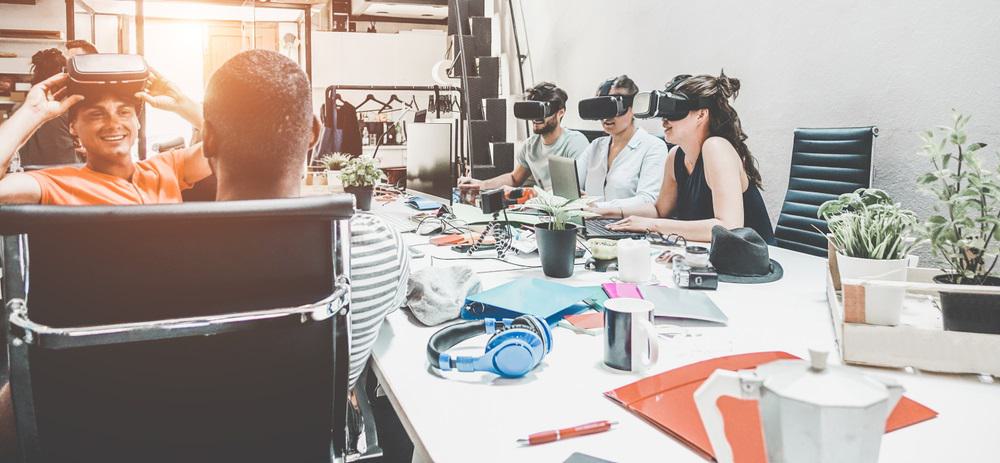Virtual Reality or VR is a simulation of a 3D image or environment with a screen inside a helmet or sensors on gloves that can be interacted with in a way that appears real or physical. Though virtual reality has been around for decades, it has gained much more attention in recent years due to the resurgence of tech companies competing to deliver viable applications. The technology for computer displays and graphical interfaces has also improved significantly over the past decade. Today, virtual reality can be delivered at a reasonable price point thanks to advances in technology. Other than VR, Augmented Reality (AR) and Mixed Reality (MR) are also options. With AR, your world becomes a framework within which objects, images, and similar elements are placed. MR on the other hand is a mixture of both VR and AR, where physical and digital objects become indistinguishable and objects can be seen in the real world.

How will VR benefit architects?
VR will be able to help architects in the different stages of their design process as the products can be rendered at different levels. During the early phases of designing and visualizing, architects can use VR to step into a building design and make changes to the design on the spot. For example, the architect can change a building’s windows, floorings, and much more, all with a headset and a pair of gloves. As a result, the processes are streamlined, and more precise, and the likelihood of errors is decreased. This will also allow the architect to get the full experience of designing a building and understand more about the building before it begins construction.

Meetings and presentations with clients could also be more efficient by using VR technology. By using VR, architects can push the boundaries of visualization. This will allow the client to experience how the building will feel even before its completion, as well as better understand the space. Clients can also interact with the architects in the virtual world, which is convenient in our post-pandemic world where remote work is becoming a norm. This will help in speeding up the decision-making process.
Architects will also be able to gather data on how building occupants interact within a simulated environment. With the gathered data, they can combine with other metrics, data points, and parameters, which can then be input into generative design software to quickly generate hundreds or even thousands of design alternatives. Architects can use this for a multitude of reasons, such as to increase daylight in a building, improve energy efficiency, increase the productivity of occupants, or determine the most appropriate type of building materials.
Virtual reality is becoming more and more commonplace in the architecture industry. It’s been used for decades to create virtual models of proposed buildings, but recent advances have made it possible to immerse yourself in those models. This has led to a new level of collaboration among architects, clients, and builders. VR allows everyone to see the same vision and make changes together in real-time. Clients can get a better sense of what the finished product will look like, builders can identify potential problems early on, and architects can perfect their designs. The benefits of using virtual reality in architecture are clear. Are you ready to start using it in your own projects?
